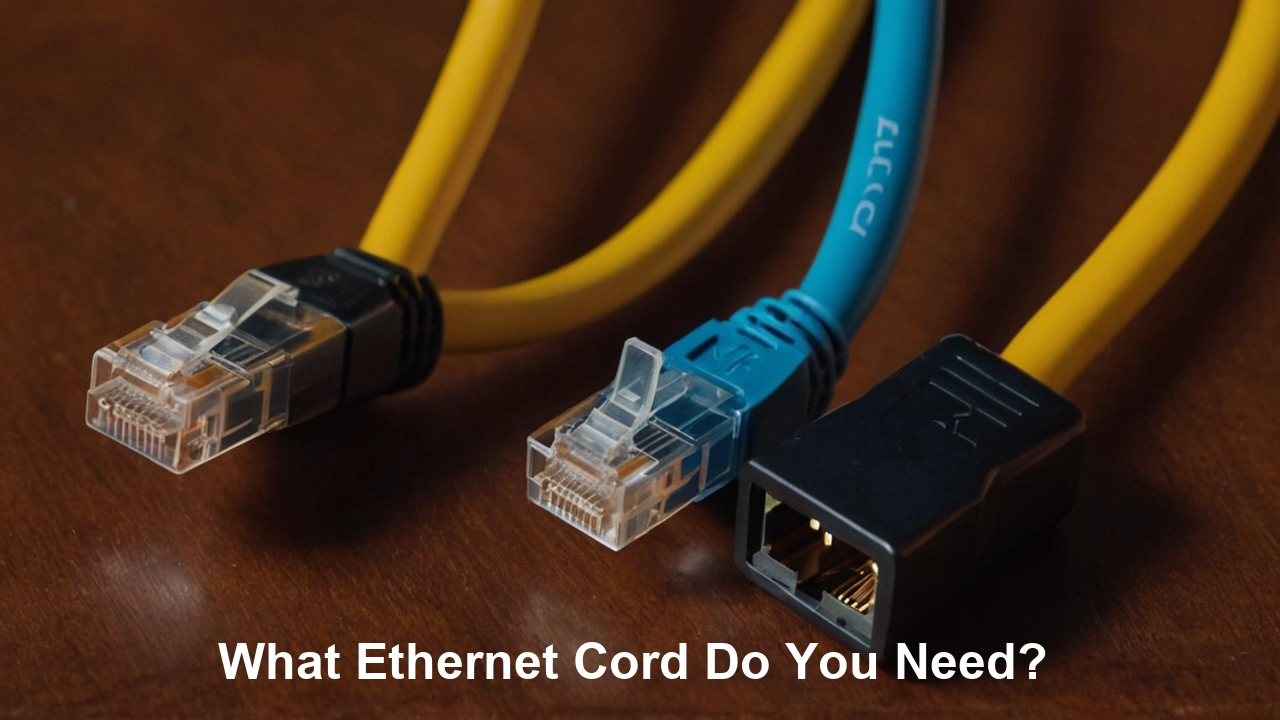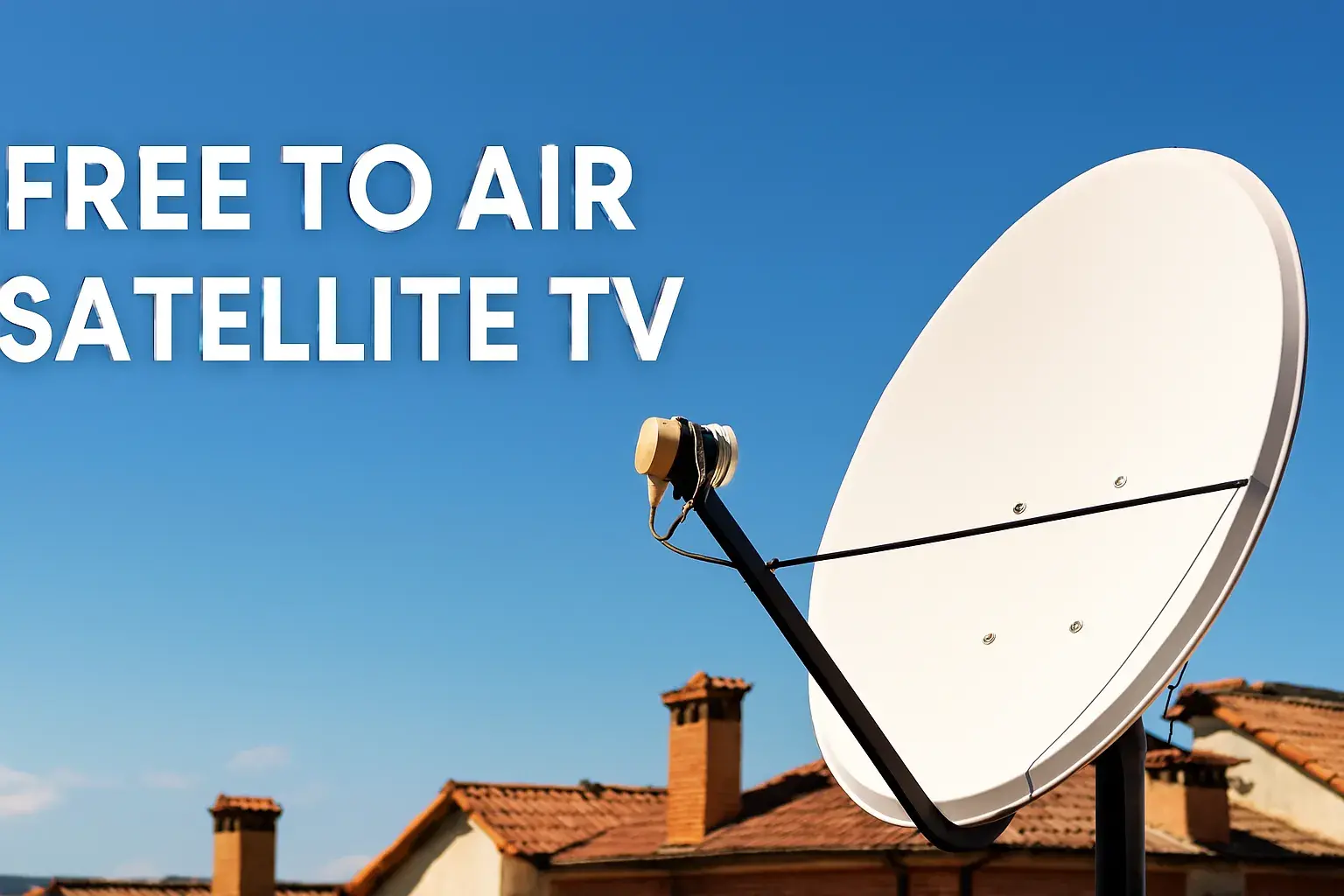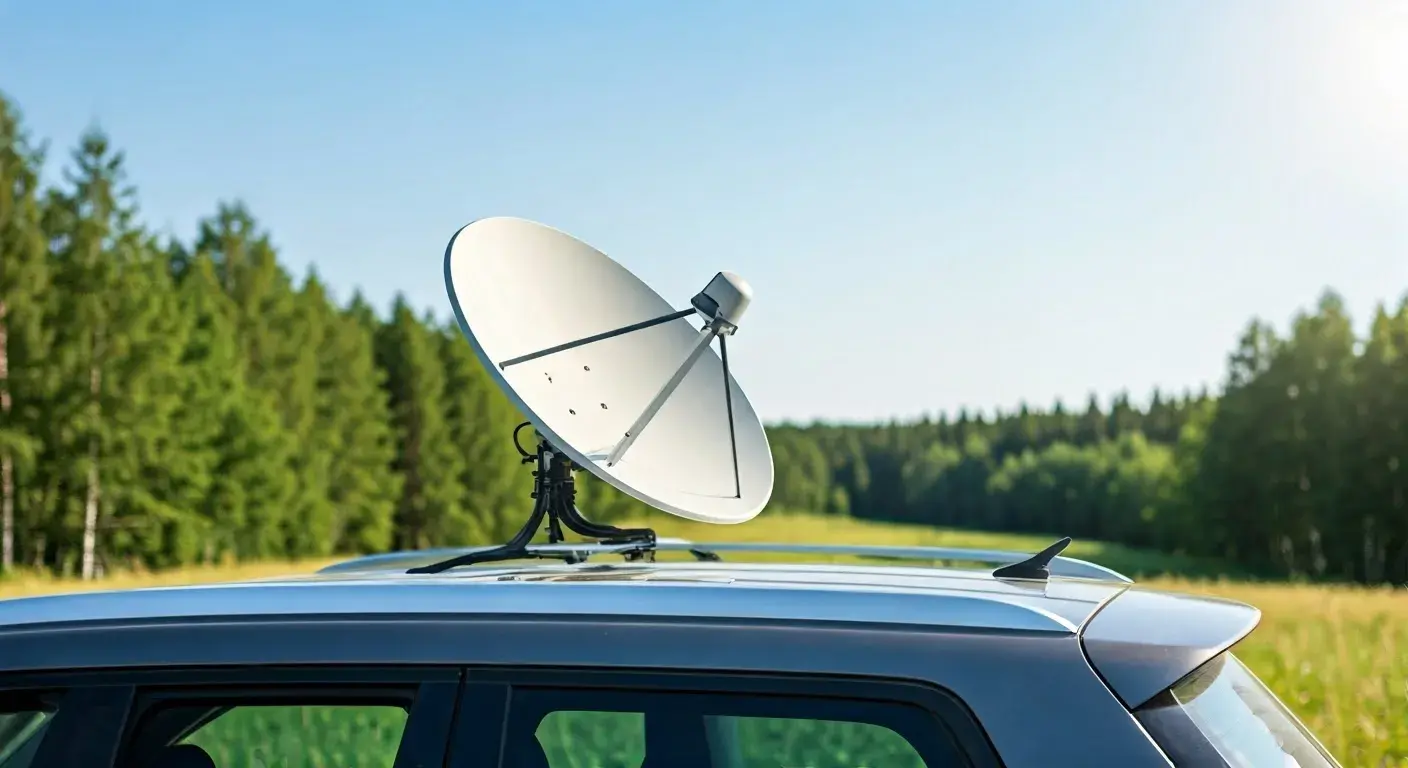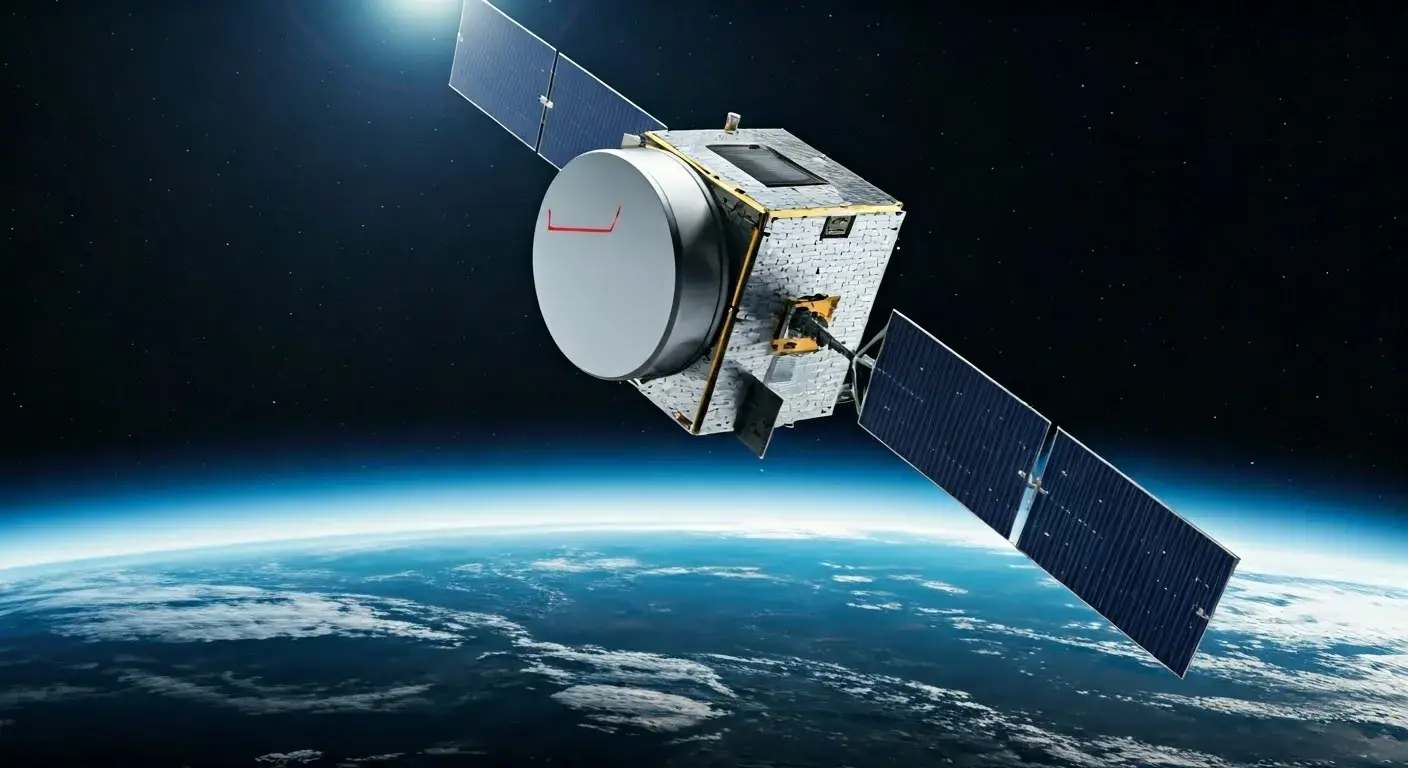-
Posted on: 23 Nov 2024

-
To meet the growing requirement for quick access and speedy Internet connection, Ethernet cords have become an ideal addition to the networking equipment of both offices and homes. It provides a stable connection than Wi-Fi and the kind of bandwidth required in doing heavy work such as streaming, gaming or video conferencing. Nevertheless, due to the availability of numerous Ethernet cable types in the market, it is hard to know which one to use. Let's break it down for you.
1. CAT5e (Category 5e)
Cats 5, often known as Cat5e, are the ordinary twisted pair cables that are utilized in home networks. They can go up to a hundred Mbps and they are perfect to use for 10/100 Ethernet connections. While they are adequate for this application they are not the best if you want to stream 4k video or multiplayer gaming applications.
2. CAT6 (Category 6)
CAT6 is an advanced version of CAT5e and provides enhanced shielding along with greater compatibility concerning the bandwidth. With data transfer rates of up to 1Gbps and signal transmission over a larger distance as compared to its counterpart, the CA T6 cables are appropriate for the compound with many connected devices or individuals requiring faster connections.
3. CAT6a (Category 6a)
CAT6a is the evolution of CAT6 because it is faster than CAT6 with a data transfer rate of up to 10Gbps over a maximum length of 100 meters. This makes them suitable for firms or homes that would otherwise be required to host many high bandwidth demands like video streaming and gaming at the same time without strain.
4. CAT6e (Category 6e)
CAT6e is an enhanced variant of CAT6 offering improved conformity for crosstalk, system noise or signal quality. While CAT6e cables are not standardized in standard, they are used to show enhanced quality of the cable.
5. CAT7 (Category 7)
thanks to providing a connection speed of up to 10 Gbps in distances of up to 50 meters, CAT7 cables are appropriate for commercial and professional use. They will be available with a proprietary shielding that offers low crosstalk and system interference for improved briefing.
6. Fiber-optic Ethernet
If you are in dire need of a cable that provides a rather quick connection in terms of latency, then consider the fibre-optic Ethernet cable. Whereas most present-day cables employ electrical signals to transmit data these cables employ pulses of light and enable almost inexhaustible bandwidth and density. Fiber-optic Ethernet is usually implemented in business and large networks since it provides fast and highly reliable data transfer rates.
Ethernet Cable Buying Guide
1. Determine your bandwidth needs: Determine your current and future use of networks, so that the right cable will suffice for the activities that are looking forward to accomplishing. For some simple tasks like surfing the Internet and sending emails, CAT5e or CAT6 cables can be adequate. However, if you’re dealing with multiple high-level bandwidth applications, or if many people are living in your house, it would be better to choose CAT6a, CAT7, or Ethernet fibre optics.
2. Check cable length: Most important of all, make sure that the Ethernet cable that you will acquire will fit your needs, in terms of the length that will take from the device to the source of the network. Think about future needs and select a cable with some extra amount of length included.
3. Shielding and quality: Seek cables with quality shielding if you are working in a noisy environment like apartments and commercial buildings. Various types of cables, particularly shielded cables, will be useful to avoid signal interference.
4. Compatibility: Any Ethernet cable should be compatible with your router, switch, or any other network equipment you are going to use with it. Essentially, all current devices are compatible with all the Ethernet cable standards, however, it is useful to pay attention to this detail.
5. Connectors: Ethernet cables can include several connectors, for example, RJ45 or BNC or insert LC. Select the connector that fits your devices or network gear.
Conclusion
So in conclusion (concluding), the process of choosing the right Ethernet cable can be determined by certain factors including; data rate, distance, quality, compatibility of the cable and type of connectors present at the end. Though CAT5e and CAT6 cables can suffice most home networking needs, one may require CAT6a, CAT7, or even Ethernet fibre optic cables for many high-bandwidth applications at home or for organizations. When choosing your cable, be very sure of your needs and don’t settle for a cable that cannot contain this network now, and possibly shortly.





